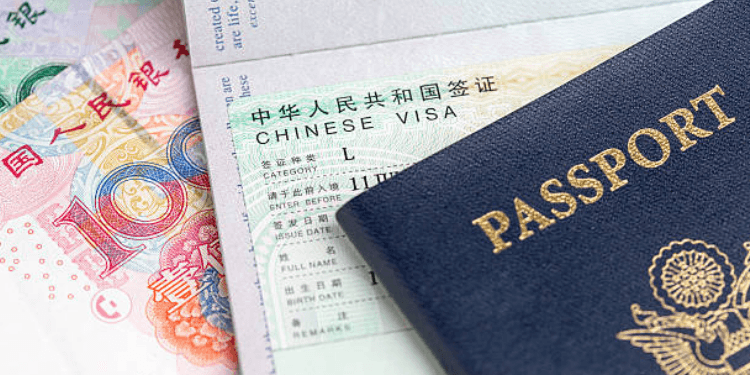Loading News Article...
We're loading the full news article for you. This includes the article content, images, author information, and related articles.
We're loading the full news article for you. This includes the article content, images, author information, and related articles.
China's recently launched 'K visa' for science and technology professionals has ignited public discussion, with potential implications for Kenyan tech talent seeking global opportunities.

China has introduced a new 'K visa' aimed at attracting foreign professionals in science and technology, a move that has drawn comparisons to the United States' H-1B visa program. The K visa, which became effective on Wednesday, October 1, 2025, initially received little attention when announced in August. However, it gained prominence last week after an Indian media outlet likened it to the H-1B, a US visa for skilled workers that was recently targeted by an executive order from Donald Trump. Indians have historically been the primary beneficiaries of the H-1B program, accounting for over 70% of recipients in recent years.
The Indian media report was widely circulated in China, fueling public concern and apprehension about increased competition in an already sluggish job market. China has not traditionally been a major destination for foreign professionals, and many citizens are questioning the need to attract external talent when there is an existing surplus of domestic graduates, including those with master's and doctoral degrees.
Kenya's burgeoning tech sector has produced a significant pool of skilled professionals, many of whom seek international opportunities. The introduction of China's K visa could present both opportunities and challenges for Kenyan tech talent. While it expands the global landscape for skilled workers, the competitive environment and public sentiment in China may influence its attractiveness.
The K visa is designed to streamline the entry of foreign science and technology professionals into China. However, specific details regarding its implementation, including application timelines, associated costs, and safeguards for both foreign and domestic workers, remain areas requiring further clarification. Analysts suggest that these details will be crucial in shaping public perception and policy execution.
Key stakeholders in this development include the Chinese government, which aims to bolster its scientific and technological capabilities, and foreign professionals, including those from Kenya, who are seeking new career avenues. The tech industry, both in China and globally, will also be closely watching the impact of this visa on talent mobility and innovation. Domestically, Chinese citizens and graduates represent a significant stakeholder group, expressing concerns about job market competition.
A primary risk is the potential for heightened competition in China's job market, which could lead to public discontent and pressure on policymakers. For foreign professionals, including Kenyans, a lack of clarity on visa processes and long-term career prospects could be a deterrent. The success of the K visa program will largely depend on transparent policy execution and effective communication to address both domestic and international concerns.
The long-term impact of the K visa on China's tech sector and global talent flows is yet to be seen. Specifics regarding the number of visas to be issued, the criteria for eligibility, and the support systems for foreign professionals are still emerging. The extent to which this visa will genuinely attract top-tier talent versus exacerbating domestic job market concerns remains an unknown.
Observers will be closely monitoring the Chinese government's communication regarding the K visa's implementation, particularly details on eligibility, quotas, and any measures to mitigate domestic job market concerns. The actual uptake of the visa by foreign professionals and its impact on China's tech industry will also be key indicators.
This development is related to global trends in skilled migration, national strategies for technological advancement, and the ongoing debate surrounding the impact of foreign talent on domestic job markets.